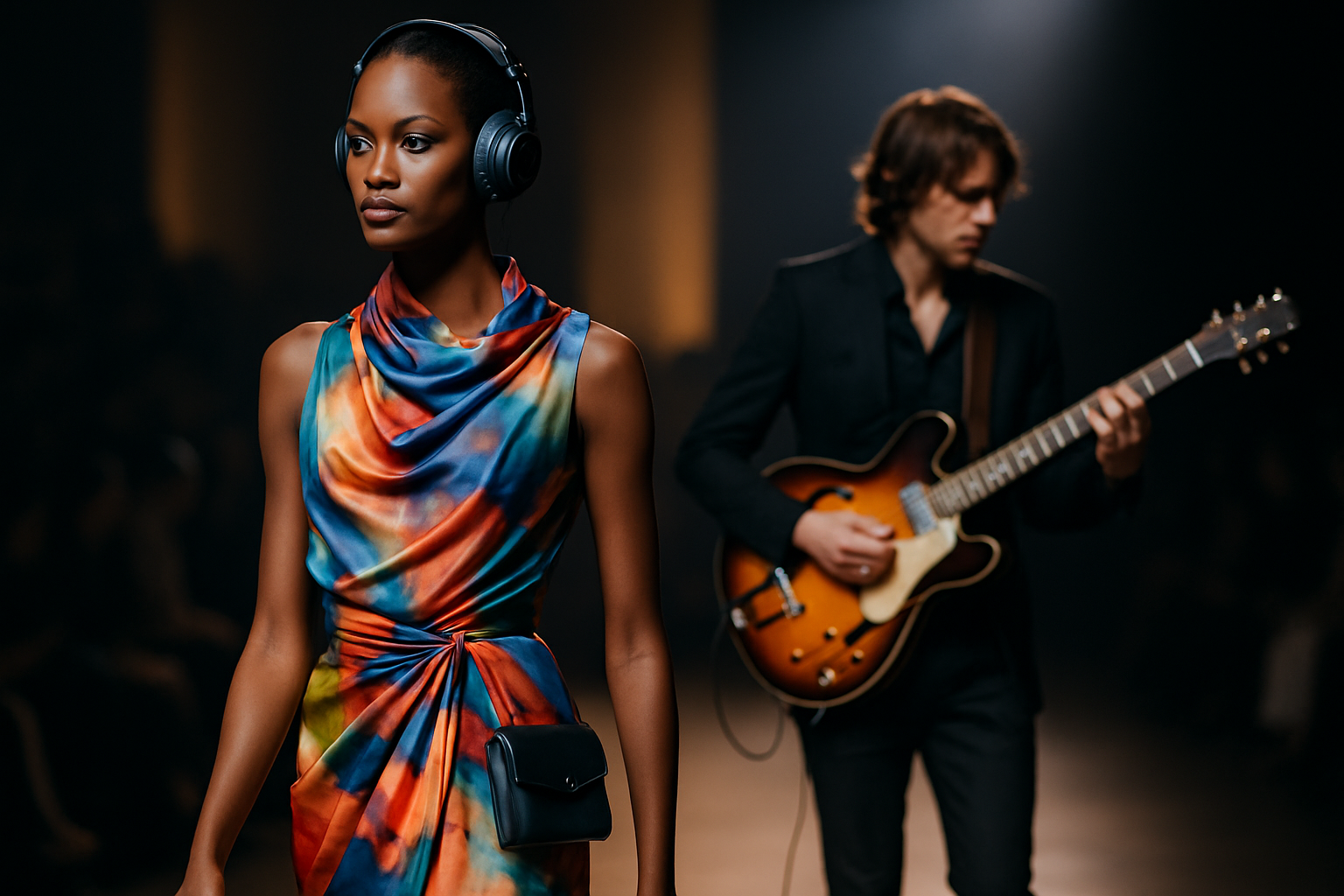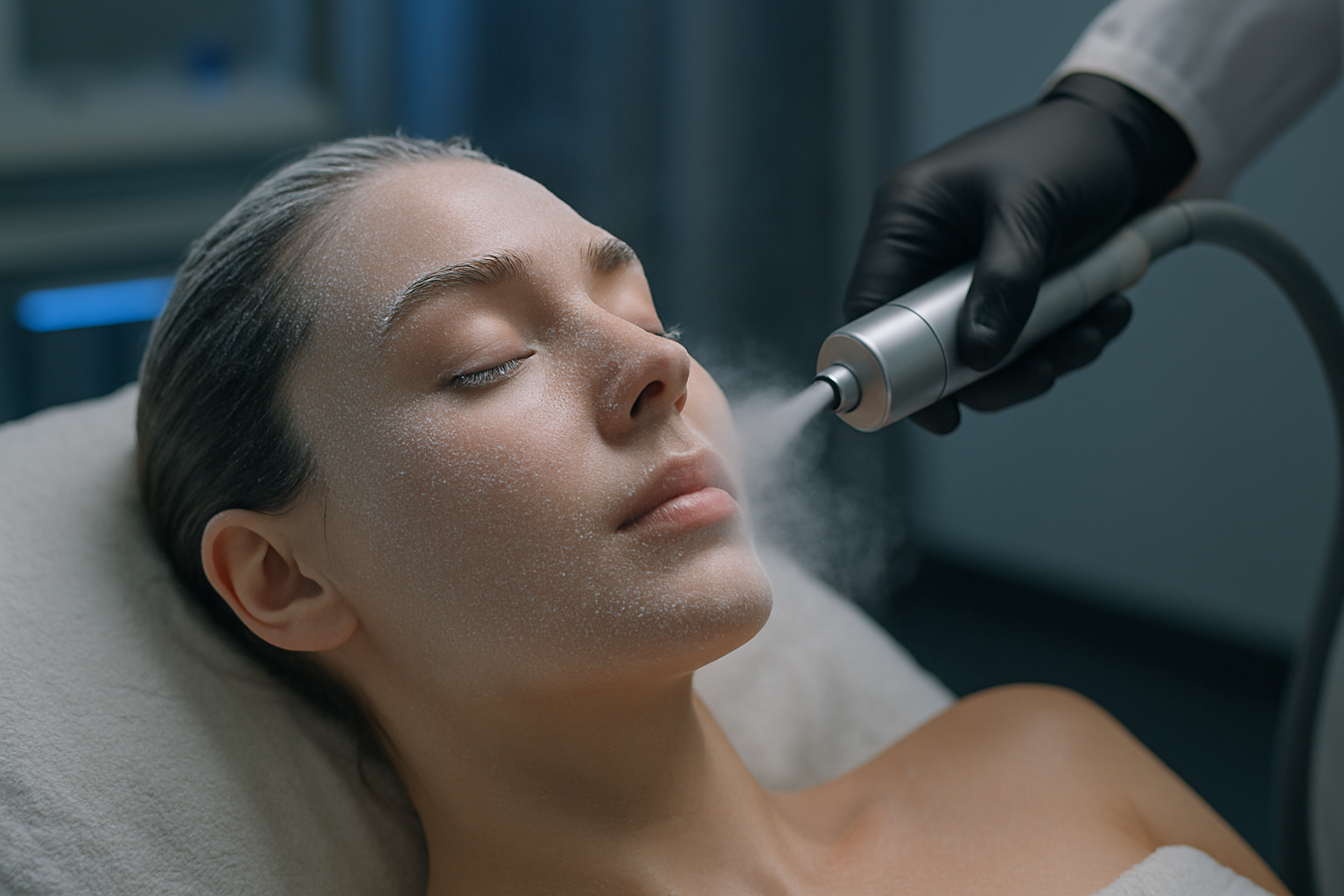Neuroaesthetics: The Brain's Artistic Perception
How does your brain interpret beauty? What happens in your mind when you admire a stunning painting or listen to a moving piece of music? The emerging field of neuroaesthetics explores these questions, unraveling the intricate relationship between art, beauty, and the human brain.

The Origins of Neuroaesthetics
Neuroaesthetics emerged as a distinct field of study in the late 1990s, pioneered by neuroscientist Semir Zeki. Zeki’s groundbreaking work focused on understanding how the visual brain processes art, laying the foundation for this exciting new discipline. Since then, researchers from various backgrounds have contributed to the growth of neuroaesthetics, expanding its scope to encompass multiple forms of art and aesthetic experiences.
The Science Behind Aesthetic Perception
At its core, neuroaesthetics seeks to uncover the neural processes that occur when we encounter beauty or art. Advanced neuroimaging techniques, such as functional magnetic resonance imaging (fMRI) and electroencephalography (EEG), allow researchers to observe brain activity in real-time as individuals engage with artworks or other aesthetic stimuli. These studies have revealed that aesthetic experiences activate multiple brain regions, including those associated with reward, emotion, and decision-making.
The Role of the Default Mode Network
Recent research in neuroaesthetics has highlighted the importance of the default mode network (DMN) in aesthetic experiences. The DMN is a network of brain regions that becomes active when we’re engaged in introspection or mind-wandering. Studies have shown that the DMN plays a crucial role in how we process and appreciate art, suggesting that aesthetic experiences may be closely linked to our sense of self and internal reflections.
Neuroaesthetics and Visual Art
Visual art has been a primary focus of neuroaesthetic research. Studies have shown that when we view paintings or other visual artworks, specific patterns of brain activity emerge. For instance, representational art tends to activate regions associated with object recognition, while abstract art engages areas linked to spatial processing and emotional responses. These findings provide insights into why different styles of art may appeal to different individuals and how artistic techniques can evoke particular emotional or cognitive responses.
Music and the Brain
Neuroaesthetics extends beyond visual art to explore how our brains process and respond to music. Research has shown that listening to music activates multiple brain regions, including those involved in emotion, motor control, and memory. The field of musical neuroaesthetics investigates how various musical elements, such as rhythm, melody, and harmony, influence our cognitive and emotional responses, offering new perspectives on the universal appeal of music and its potential therapeutic applications.
The Influence of Culture and Experience
While neuroaesthetics reveals common neural pathways in aesthetic experiences, it also highlights the significant role of cultural and personal factors. Our individual experiences, cultural background, and education all shape our aesthetic preferences and responses. Neuroaesthetic research is exploring how these factors interact with our innate neural processes, providing a more nuanced understanding of the interplay between nature and nurture in shaping our appreciation of beauty and art.
Practical Applications of Neuroaesthetics
The insights gained from neuroaesthetic research have far-reaching implications across various fields. In education, understanding how the brain processes art can inform more effective teaching methods for arts education. In healthcare, neuroaesthetics is contributing to the development of art-based therapies for conditions such as depression, anxiety, and neurodegenerative diseases. Additionally, the field offers valuable insights for artists and designers, helping them create works that resonate more deeply with viewers on a neurological level.
Challenges and Future Directions
As a relatively young field, neuroaesthetics faces several challenges. One major hurdle is developing more precise methods to measure and quantify aesthetic experiences, which are inherently subjective. Researchers are working on refining experimental designs and analytical techniques to address these issues. Future directions in neuroaesthetics may include exploring the role of creativity in aesthetic experiences, investigating the neural basis of aesthetic judgments, and examining how aesthetic experiences change across the lifespan.
Fascinating Facts about Neuroaesthetics
• The golden ratio, a mathematical proportion often found in nature and art, has been shown to activate reward centers in the brain.
• Studies suggest that viewing abstract art can increase cognitive flexibility and creative thinking.
• The brain processes faces in artworks differently than other objects, activating specific neural pathways associated with social cognition.
• Neuroaesthetic research has found that the brain responds similarly to both real and depicted motion in artworks.
• Synesthesia, a condition where one sensory or cognitive pathway leads to automatic, involuntary experiences in another, is of particular interest to neuroaestheticians for its insights into cross-modal perception.
In conclusion, neuroaesthetics offers a unique window into the complex interplay between our brains and the world of art and beauty. By bridging the gap between science and art, this field is not only enhancing our understanding of human cognition but also opening up new possibilities for creative expression and therapeutic interventions. As research in neuroaesthetics continues to evolve, it promises to shed further light on the fundamental question of why we find certain things beautiful and how this perception shapes our experiences and well-being.




